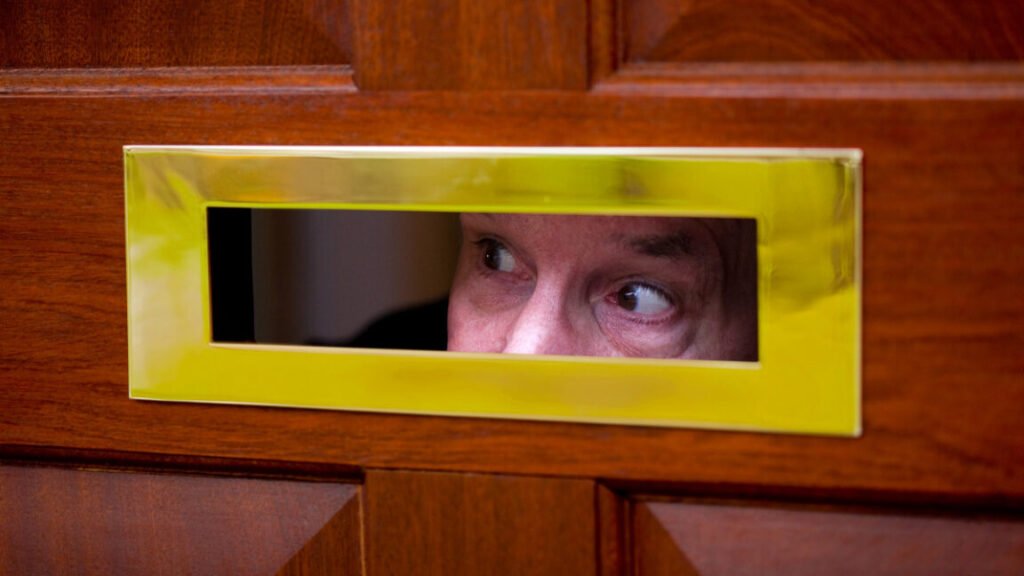Google says the new initiative aligns with its other efforts toward AI transparency, including the development of SynthID, an embedded watermarking technology created by Google DeepMind.
Widespread C2PA efficacy remains a dream
Despite having a history that reaches back at least five years now, the road to useful content provenance technology like C2PA is steep. The technology is entirely voluntary, and key authenticating metadata can easily be stripped from images once added.
AI image generators would need to support the standard for C2PA information to be included in each generated file, which will likely preclude open source image synthesis models like Flux. So perhaps, in practice, more “authentic,” camera-authored media will be labeled with C2PA than AI-generated images.
Beyond that, maintaining the metadata requires a complete toolchain that supports C2PA every step along the way, including at the source and any software used to edit or retouch the images. Currently, only a handful of camera manufacturers, such as Leica, support the C2PA standard. Nikon and Canon have pledged to adopt it, but The Verge reports that there’s still uncertainty about whether Apple and Google will implement C2PA support in their smartphone devices.
Adobe’s Photoshop and Lightroom can add and maintain C2PA data, but many other popular editing tools do not yet offer the capability. It only takes one non-compliant image editor in the chain to break the full usefulness of C2PA. And the general lack of standardized viewing methods for C2PA data across online platforms presents another obstacle to making the standard useful for everyday users.
Currently, C2PA could arguably be seen as a technological solution to a problem that extends beyond technology. As historians and journalists have found for centuries, the veracity of information does not inherently come from the mechanism used to record the information into a fixed medium. It comes from the credibility of the source.
In that sense, C2PA may become one of many tools used to authenticate content by determining whether the information came from a credible source—if the C2PA metadata is preserved—but it is unlikely to be a complete solution to AI-generated misinformation on its own.




